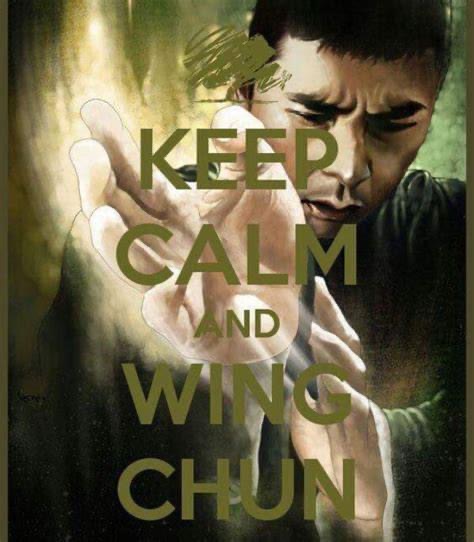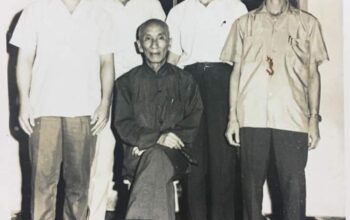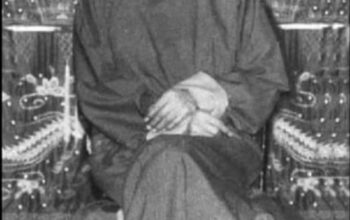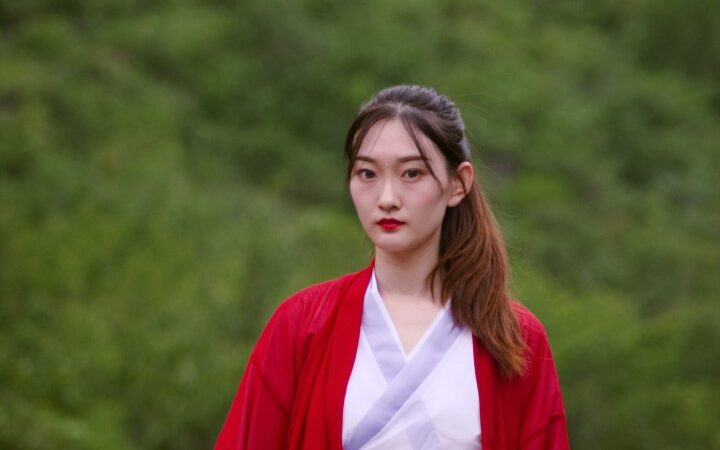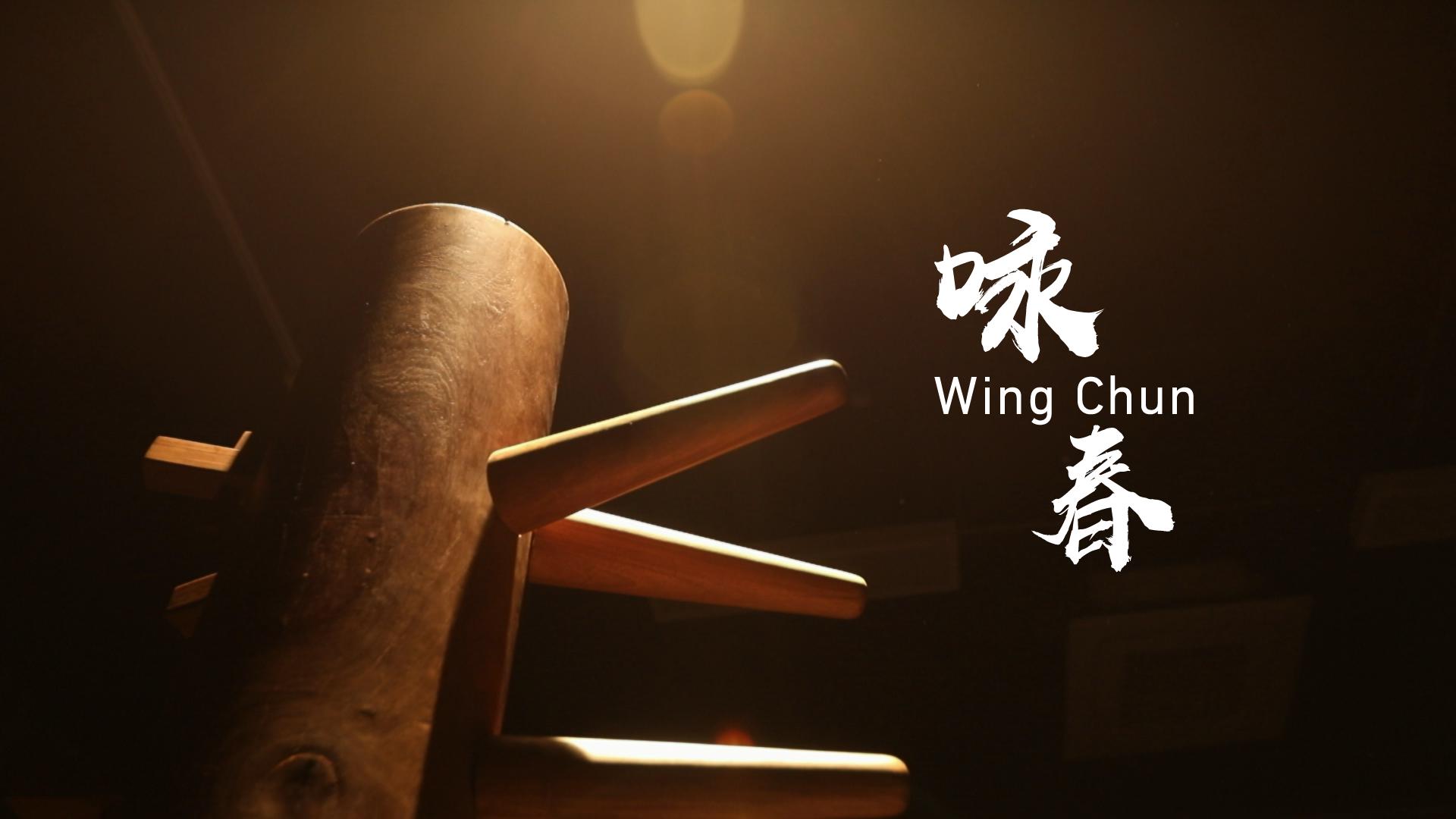Breathing plays a crucial role in Wing Chun, a traditional Chinese martial art known for its practicality and efficiency in combat. Proper breathing techniques are fundamental to maximizing the effectiveness of techniques, enhancing physical performance, and maintaining mental focus. Let’s explore the role of breathing in Wing Chun and its significance in practice and application.
In Wing Chun, breathing is closely linked to the concept of energy flow and body coordination. It is believed that proper breathing helps facilitate the smooth circulation of internal energy, or “Chi,” throughout the body. By coordinating breath with movement, Wing Chun practitioners aim to harness and optimize their energy, enhancing the power and effectiveness of their techniques.
One key breathing technique in Wing Chun is called “Dan Tien Breathing.” The Dan Tien refers to the lower abdominal area, considered the center of energy in traditional Chinese philosophy. Dan Tien Breathing involves deep diaphragmatic breathing, where the breath is directed into the lower abdomen, expanding it during inhalation and contracting it during exhalation. This type of breathing allows practitioners to cultivate and store energy, promoting relaxation, focus, and overall body control.
Proper breathing also helps practitioners maintain a calm and relaxed state of mind. By consciously focusing on the breath, Wing Chun practitioners can reduce tension, alleviate stress, and remain centered during training and combat situations. This relaxed state of mind allows for greater awareness, sensitivity, and adaptability, enabling practitioners to respond swiftly and effectively to changing circumstances.
Breathing techniques are particularly important during high-intensity training or combat scenarios. Wing Chun emphasizes explosive bursts of power and speed, and controlled breathing aids in generating maximum force while maintaining balance and stability. By coordinating breath with striking or grappling techniques, practitioners can synchronize their movements with the exhalation, optimizing power and timing.
Furthermore, breathing is incorporated into specific techniques in Wing Chun. For instance, exhaling sharply at the moment of impact enhances the delivery of power in strikes, facilitating the transfer of energy into the target. This explosive exhalation, often accompanied by a vocalization, allows the practitioner to release tension and generate maximum force.
Breathing is also utilized in Wing Chun’s unique training method known as “Chi Sao” or “Sticky Hands.” Chi Sao is a dynamic practice that enhances sensitivity, reflexes, and the ability to flow with an opponent’s movements. Proper breathing is crucial during Chi Sao as it helps practitioners maintain a relaxed and responsive state, allowing them to feel and respond to subtle changes in their partner’s energy and intentions.
In addition to the physical and mental benefits, the role of breathing in Wing Chun extends to meditation and internal development. Wing Chun practitioners often engage in meditation practices to cultivate mindfulness, self-awareness, and a deeper connection to the present moment. Controlled breathing is a fundamental component of these meditative practices, promoting relaxation, focus, and the harmonization of body and mind.
In conclusion, breathing holds a significant role in Wing Chun. It serves as a foundational element for energy cultivation, body coordination, and mental focus. Through techniques such as Dan Tien Breathing, practitioners harness and optimize their energy, promoting relaxation, power, and overall body control. Coordinating breath with movement enhances the effectiveness of techniques and enables practitioners to maintain a calm and focused state of mind. Whether in training, combat, or meditation, the role of breathing in Wing Chun is essential for maximizing performance, self-awareness, and the integration of body and mind.
